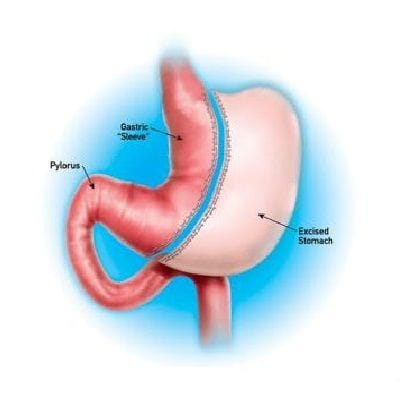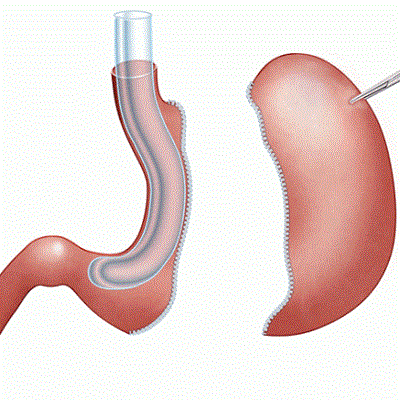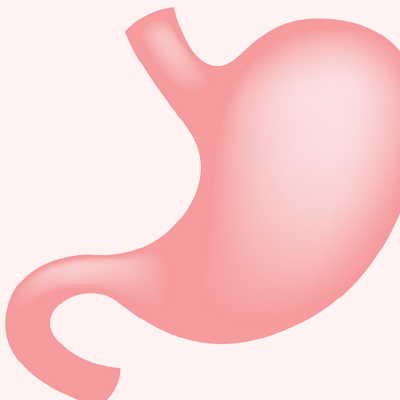
Bariatric surgery is one method of combating obesity. This procedure entails eliminating or lowering the size of your stomach. Typically, bariatric surgery results in quick weight loss.
Gastric sleeve surgery is one of the various types of bariatric surgery procedures available. Vertical sleeve gastrectomy is the term used by doctors to describe the process.
In this article, you’ll learn more about Gastric Sleeve Weight Loss Surgery in Dubai, along with its efficiency and potential consequences.
What Is Gastric Sleeve Weight Loss Surgery?
Are you thinking about having gastric sleeve surgery since you’ve attempted diets and exercise for years but still need a lot of weight to lose? You’ll want to understand the dangers and advantages, what qualifies someone for the procedure, and what long-term efforts you’ll have to make to maintain the outcomes.
During this procedure, doctors remove a section of your stomach and combine the remaining portions to form a new banana-sized stomach, or “sleeve.” With just a little sack (approximately one-tenth the size of your original stomach), you’ll feel full faster than previously. You won’t consume as much as you utilized to, which aids in weight loss. Furthermore, the procedure eliminates the region of your stomach that produces a hormone that increases your hunger.
Different from the Gastric Bypass:
During gastric bypass surgery, the surgeon creates a tiny pouch that bypasses the majority of your stomach and travels directly to the intestine.
Gastric sleeve surgery is recommended for persons with a BMI of at least 40. That suggests you’re at least 100 pounds over your optimal weight. Because some people are too obese for gastric bypass surgery, this might be a viable option.
What Takes Place:
The procedure takes around an hour.
- Your surgeon makes a few small incisions in your abdomen and implants a laparoscope, a small camera that delivers images to a monitor.
- Other medical devices will be inserted via the extra wounds by the surgeon and will remove 3/4 of your stomach.
- The stapler is utilized to separate the stomach into two halves.
Eventually, it will reattach the remainder of your stomach to form the “sleeve” or tube.
You could be in the hospital for two or three days. The process is indefinite. Gastric sleeve surgery before and after-effects will be seen after four weeks.
New Eating Patterns:
You will only consume clear liquids on the first day following surgery. You will be able to consume pureed foods and protein drinks by the time you leave the hospital and will be able to do so for the next four weeks.
Keep in mind that you will need to adjust your eating habits for the rest of your life. After the first month, you’ll gradually transition to consuming soft solid meals. Other things to consider:
- Before swallowing, everything must be adequately chewed.
- Avoid drinking while eating since this may cause your new stomach to overfill.
- Drink liquids within a half-hour of finishing a meal.
- Limit your intake of high-calorie drinks and snacks.
- Take vitamin and mineral supplements daily.
You can resume regular meals after 2 or 3 months. But keep in mind that you won’t be able to consume more than you used to.
Recovery after Surgery:
- Gastric sleeve weight loss surgery recovery time is 2-4 weeks. As the procedure takes roughly 40-70 minutes
- Discharge from the hospital happens typically after 1-2 nights.
- All patients are urged to walk as soon as three to four hours after surgery.
- In general, discomfort following surgery is relatively controlled. Most people use less pain medicine than is prescribed.
- After 2-4 weeks, the majority of patients return to work or school. Due to the low-calorie intake of the liquid diet, fatigue is prevalent during the first two weeks. The number of patients, though, does not get hungry throughout this phase of the diet. The intensity level immediately recovers once the soft diet is introduced, occurring around two weeks following surgery.
- Patients may start exercise 4 weeks following surgery if they can work from home 2-3 days per week.
The Benefits of Gastric Sleeve Surgery vs Gastric Bypass Surgery:
Gastric sleeve surgery’s pros and cons are as follows:
- The Gastric Sleeve is a significantly more straightforward surgical procedure. Gastric sleeve surgery typically takes 40-70 minutes to perform, but gastric bypass surgery takes around 2-3 hours.
- With the Gastric Sleeve treatment, there is a substantially decreased risk of nutritional or vitamin shortage. Furthermore, there is no mal-absorption in Gastric Sleeve patients.
- Gastric bypass patients may experience long-term intestinal blockage, marginal ulcers, and internal hernias. These Gastric sleeve surgery risks are doubtful to occur in Gastric Sleeve patients.
Final Words!
You must satisfy specific requirements to be eligible for gastric sleeve surgery. Without success, you must demonstrate that you have tried alternative weight-loss approaches, such as diet, exercise, and weight-loss drugs. Your BMI and whether you have any obesity-related health issues are other eligible factors.
If you stick to a good diet and exercise routine following gastric sleeve surgery, you may be prepared to drop over half of your excess weight in as little as 24 months.
But, like with most surgical treatments, there is a possibility of problems and adverse effects. Whether you’re considering gastric sleeve surgery, consult with our best bariatric surgeon in Dubai to see if you are eligible and if it’s a safe choice for you.


































